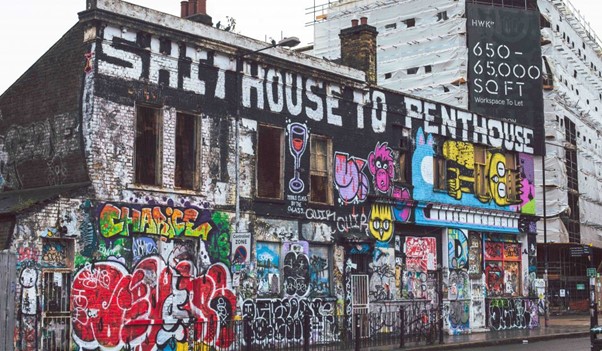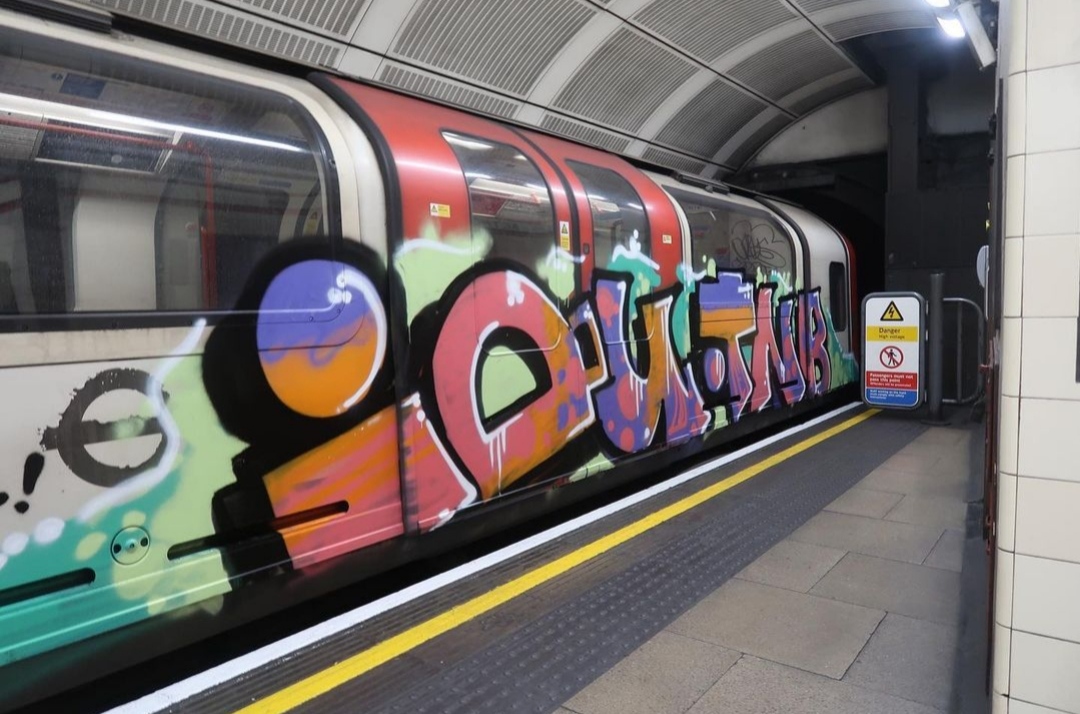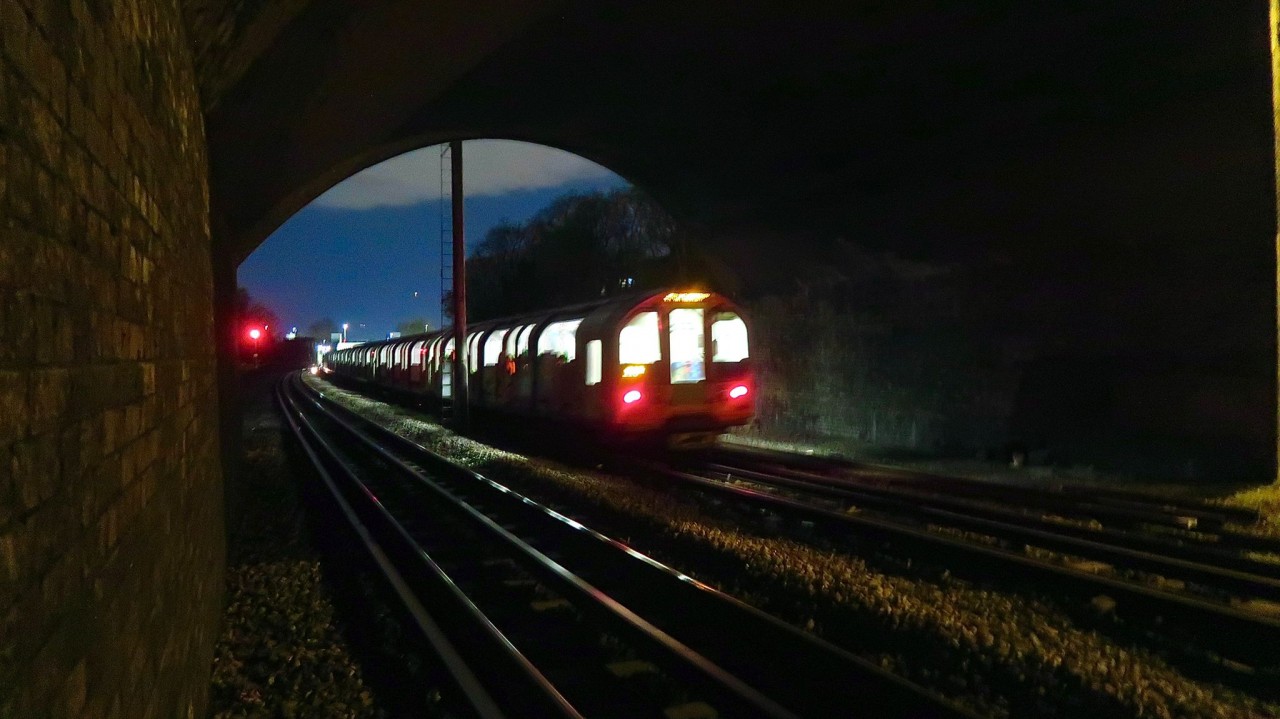The Space Between Complicity and Resistance; Graffiti and Street Art in London Today
This thesis is an examination of the relationship that exists between complicity and resistance, specifically through the lens of graffiti and street art in London today. There is a long-established trend of artists attempting to resist against certain aspects of society, only to be complicit in the very thing they are trying to resist against. Andy Warhol’s appropriation of capitalist symbols despite his critique of popular culture is a notable example of this conflict and apparent hypocrisy in action. Focusing on the catch-22 nature of this complicity through resistance as a result of the society in which certain works exist, this thesis examines graffiti and street art in the setting of London.
More specifically, a focus on the ‘creative city’ as described by Charles Landry, and how both graffiti and street art resist against, but are complicit in London is explored. A careful consideration of focused works that touch on the subject matter in the context of London, as well as more theoretical works on subcultural practices and the use of urban space, to name but a few, are important to the overall content and findings of this thesis. Contextually, several different issues and themes arise through the focus of this thesis, including digital dissemination, gentrification and issues surrounding identity. I have included a number of specific examples around London that point to the complicity and resistant nature of graffiti and street art throughout the thesis, as well as some primary research to add to my methodological approach in understanding the different relationships that exist. Particularly in this regard, I interviewed a number of graffiti writers in London. This allowed for unique insights and comparisons with the existing works that touch on the subject matter in question.
Ultimately, this thesis argues that much like in the historical context of the art world, the relationship between complicity and resistance in this case is a complex one that needs for the two to be considered in unison, rather than as mutually exclusive. Similarly, graffiti and street art differ in the ways they are complicit and resistant, and should be seen as a sort of spectrum, or as two sides of the same coin. This thesis concludes by finding that London is a unique place as a city, both for graffiti writers and street art, and in the way the two impact the social fabric of the city. It is this uniqueness that makes it an important case study in exploring these different relationships between graffiti and street art as well as complicity and resistance.




